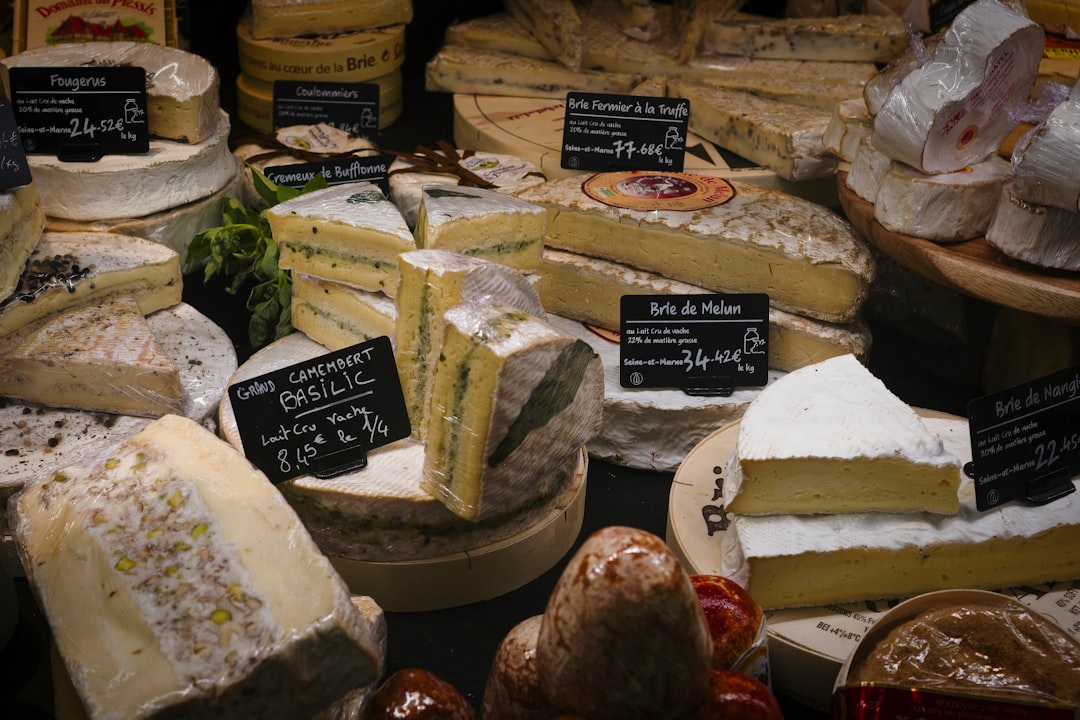The global dairy market is undergoing significant changes driven by shifts in production, consumption patterns, and trade dynamics. This blog post explores the key production regions, evolving consumption trends, and the complex trade landscape shaping the dairy industry worldwide.
Key Production Regions
Several regions are pivotal in global dairy production:
-
India
-
As the world’s largest dairy producer, India continues to grow, driven by increasing herd sizes and efficient milk collection systems.
-
Milk production is projected to exceed 216 million metric tons in 2025, supported by favorable weather and government initiatives.
-
-
European Union (EU)
-
The EU is a major dairy producer, with countries like Germany and France contributing significantly to its output.
-
Despite a slight decline in fluid milk production, the EU remains a key player in global dairy markets, focusing on high-value products like cheese.
-
-
United States
-
U.S. milk production has experienced fluctuations, with recent forecasts indicating growth despite herd reductions.
-
The U.S. dairy sector is improving efficiency and adapting to changing market conditions.
-
-
New Zealand and Australia
-
These countries are significant exporters, with New Zealand focusing on high-value dairy products like cheese and butter.
-
Australia’s dairy exports have shown resilience despite global market volatility.
-
Consumption Patterns
Global dairy consumption is influenced by regional preferences and economic factors:
-
Rising Demand in Asia
-
Countries like China and India are driving growth in dairy consumption, particularly for products like yogurt and cheese.
-
Increased disposable income and population growth in these regions support higher demand for dairy products.
-
-
Shifts in Western Markets
-
In the U.S. and Europe, consumers are increasingly seeking organic and eco-friendly dairy products, reflecting broader trends towards sustainability.
-
There is also a growing interest in plant-based alternatives, which impacts traditional dairy demand.
-
Trade Dynamics
The global dairy trade is complex, influenced by production shifts, demand fluctuations, and geopolitical factors:
-
Export Trends
-
The EU and New Zealand are major exporters, with the EU focusing on cheese and New Zealand on high-value dairy products.
-
The U.S. dairy sector faces challenges due to competitive pricing and shifting demand patterns.
-
-
Import Trends
-
China’s domestic production growth has reduced its dairy imports, while countries like Brazil and Mexico are increasing their imports due to domestic demand.
-
Trade agreements and tariffs significantly impact the competitiveness of dairy exports, with countries like New Zealand benefiting from tariff-free agreements.
-
Challenges and Opportunities
The global dairy market faces several challenges but also presents opportunities:
-
Environmental Pressures
-
Dairy farmers must navigate environmental regulations, particularly in the EU, where sustainability investments are rising.
-
Adopting green practices can enhance market competitiveness and appeal to eco-conscious consumers.
-
-
Market Volatility
-
Fluctuations in global dairy prices, such as the recent decline in the GDT index, require farmers to be agile and responsive to market changes.
-
Diversifying into high-value products and leveraging precision farming technologies can help mitigate volatility.
-
Conclusion
The global dairy market is characterized by dynamic production shifts, evolving consumption patterns, and complex trade dynamics. As the industry continues to adapt to these changes, focusing on sustainability, efficiency, and high-value products will be crucial for dairy producers to remain competitive and meet the demands of an increasingly diverse and environmentally conscious consumer base.
Additional Resources
For more detailed information on the global dairy market, consider the following resources:
-
Market Reports: Review comprehensive market reports from organizations like the FAO for insights into global dairy trends.
-
Trade Data: Explore trade data from platforms like GlobalDairyTrade to understand export and import dynamics.
-
Industry Newsletters: Subscribe to newsletters from leading dairy companies to stay updated on market developments and innovations.
Citations:
- https://www.ingredia-food.com/news/recent-trends-in-the-worldwide-dairy-industry/
- https://www.thebullvine.com/news/global-dairy-market-in-2025-production-shifts-demand-fluctuations-and-trade-dynamics/
- https://dairynews.today/news/global-dairy-market-outlook-trends-in-production-consumption-and-trade.html
- https://www.farmersweekly.co.nz/markets/complex-outlook-for-global-dairy-market/
- https://openknowledge.fao.org/server/api/core/bitstreams/68f7f25d-b3cb-418e-b04d-5708e5bcea1e/content
- https://www.thebullvine.com/news/global-dairy-market-dynamics-navigating-volatility-and-strategic-opportunities-in-2025/
- https://www.statista.com/topics/4649/dairy-industry/
- https://www.globaldairytrade.info/en/product-results/

Comments
No comments yet. Be the first to comment!
You must be logged in to comment. Login